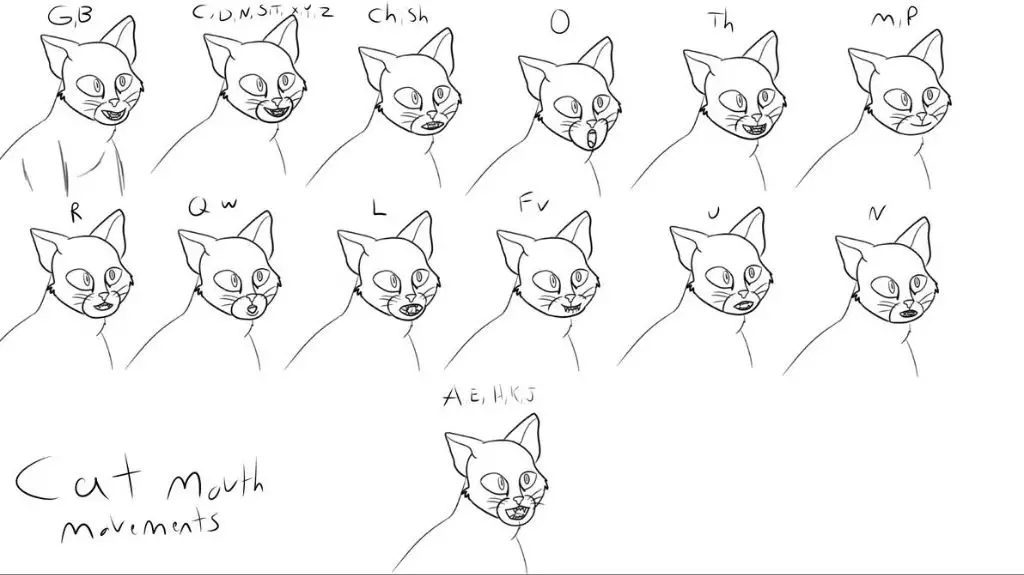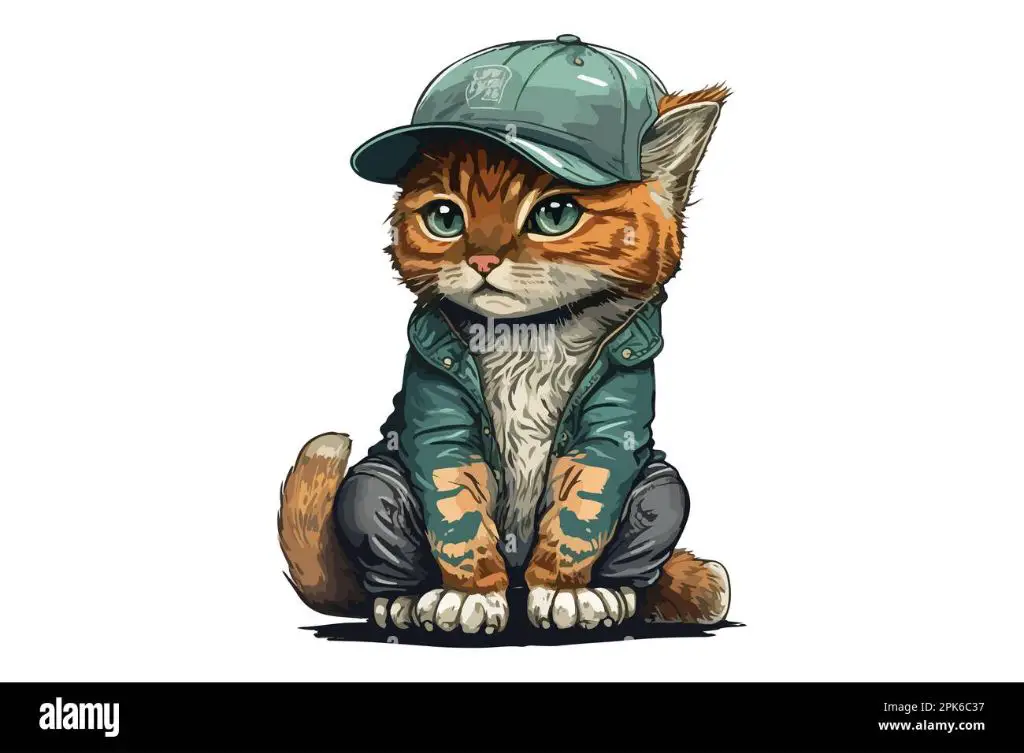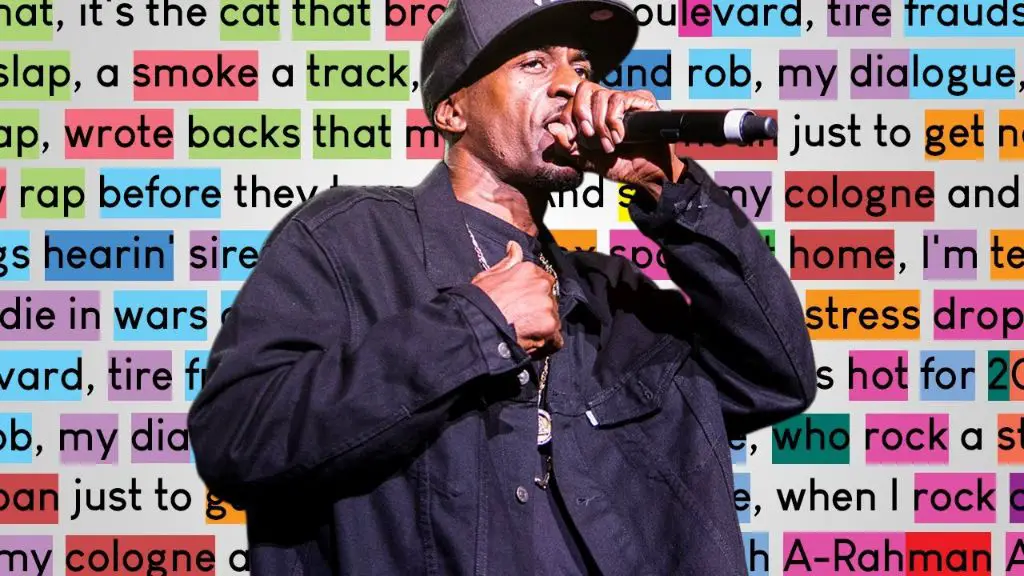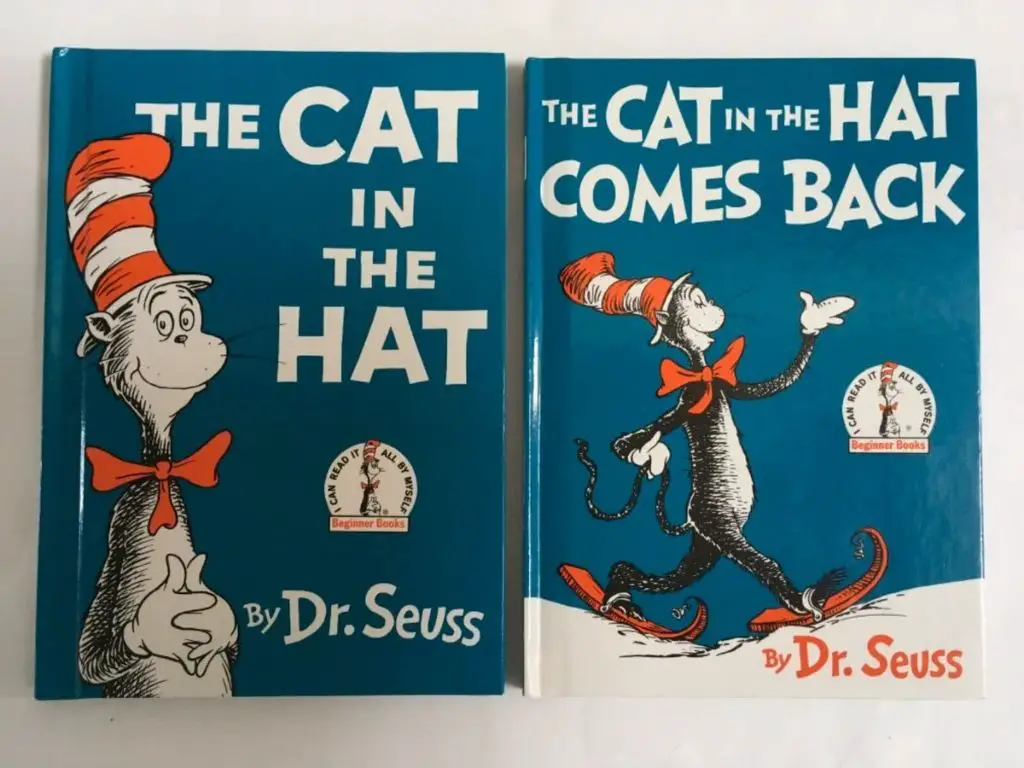Rhyming is when two or more words end with the same or similar sounds. For example, “cat” and “hat” rhyme because they both end with the “at” sound. Rhyming is important in language because it creates a pleasing rhythm and repetition of sounds. It helps things stick in our memory more easily. Rhymes are often used in poetry, songs, chants, and children’s stories to make them more enjoyable and memorable. The patterns of rhyme also provide structure to verse. Overall, rhyming is a fun way to play with words and their sounds, adding beauty and cadence to language.
The Sounds of ‘Cat’ and ‘Hat’
When broken down phonetically, the words ‘cat’ and ‘hat’ actually have different sounds. Let’s look at each one:
‘Cat’ – According to How to Pronounce, ‘cat’ is pronounced /kæt/. The phonemes are:
- /k/ – the ‘c’ makes a hard ‘k’ sound like in ‘kite’
- /æ/ – the ‘a’ makes a short vowel sound as in ‘apple’
- /t/ – the ‘t’ makes a hard ‘t’ sound like in ‘top’

‘Hat’ – According to SpanishDict, ‘hat’ is pronounced /hæt/. The phonemes are:
- /h/ – the ‘h’ makes a hard ‘h’ sound like in ‘hello’
- /æ/ – the ‘a’ makes the same vowel sound as in ‘cat’
- /t/ – the ‘t’ makes the same hard ‘t’ sound as in ‘cat’
So while ‘cat’ and ‘hat’ share the same middle vowel sound /æ/ and ending consonant /t/, they start with different initial consonant sounds – the hard ‘k’ in ‘cat’ and the hard ‘h’ in ‘hat’. This prevents them from being a perfect rhyme.
Rhyming Rules
There are some clear guidelines that determine whether two words rhyme. According to Rhyme Rules & Examples, perfect rhymes are words that are identical from the final accented vowel to the end. For example, “cat” and “hat” would be considered a perfect rhyme because the ending “at” sounds are exactly the same.
However, Wikipedia notes that in English, words are also considered to rhyme if the sound preceding the vowel is the same, even if the vowels differ. An example of this would be “boat” and “goat” – even though the vowel sounds are different, the final consonant sound of “t” makes them rhyme. This is known as a consonance or slant rhyme.
There are also cases where words end in the same vowels but have different preceding consonants, like “great” and “bait.” These are considered imperfect or half rhymes. The rules get more complex, but generally, the concept of rhyming has to do with similar ending sounds, especially vowels.
An Analysis of ‘Cat’ and ‘Hat’
When looking at the words ‘cat’ and ‘hat’, we can analyze the sounds, spelling, and structure of each to determine if they rhyme.
The word ‘cat’ has three letters and one syllable. It is spelled c-a-t. The phonemes or sounds are /k/, /æ/, and /t/. It ends with the sound /t/.
The word ‘hat’ also has three letters and one syllable. It is spelled h-a-t. The phonemes are /h/, /æ/, and /t/. It ends with the sound /t/, just like ‘cat’.

Therefore, when looking at the ending sounds and spelling, we can see that ‘cat’ and ‘hat’ share the same last phoneme /t/ and the same ending letters ‘-at’. This makes them perfect rhyming words.
The rhyme falls on the final syllable and letter sounds in each word. The beginning sounds and letters differ, but the ending is identical. This full rhyme of ‘cat’ and ‘hat’ follows the typical rhyming pattern and rules in the English language.
For more rhyme analysis, see: meter and rhyme in the cat in the hat 1
Other Examples
Here are some other word pairs that demonstrate the same rhyme pattern as “cat” and “hat”:
Fat and mat rhyme with cat and hat. The short “a” vowel sound is the same in all four words. Other examples are bat and sat, rat and pat, cat and vat. Two syllable words like habitat and acrobat also rhyme with cat and hat.
Additional rhyming pairs are cab and grab, tab and dab, bad and sad, mad and pad. The ending sounds match even though the beginning sounds differ. Any word ending in “-ab” will rhyme with cat and hat.
Words ending in “-at” like bat, sat, flat, rat, mat, pat all rhyme perfectly with cat and hat. Dr. Seuss relied heavily on the “-at” rhyme in crafting his famous Cat in the Hat story.
Counter Examples
There are many examples of words that do not perfectly rhyme in English. Some famous examples include:
Orange and Silver – The words “orange” and “silver” have different vowel sounds and do not rhyme.
Ninth and Pint – Though they end in the same digraph “int”, “ninth” and “pint” have different vowel sounds in the first syllable and do not rhyme.
Month and Wolf – These words have completely different sounds and spelling, making them non-rhyming.
Purple and Turtle – The different vowel sounds in “purple” and “turtle” mean these words do not rhyme.
Other examples of word pairs that do not rhyme include marathon/pigeon, dangerous/cottage, almond/rabbit, and discombobulate/desk. Though some end with similar sounds, the differing first syllables in each pair mean they do not rhyme.
Rhyming in Poetry and Song
Rhyming has been an integral part of poetry and lyrics for centuries. The patterns created by rhyming words and phrases help give structure to poems and songs while also creating a melodic, rhythmic quality. Many traditional poetic forms like sonnets, villanelles, and heroic couplets rely on rhyme schemes. Rhyming in song lyrics also serves both a functional and aesthetic purpose.
Rhyming helps make lyrics more memorable and easier for listeners to internalize. Many popular songs feature rhyme schemes like AABB or ABAB. According to the ASCAP article “15 Essential Rhyme Schemes for Songwriters,” classic songs like “Ain’t No Sunshine” by Bill Withers use the ABAAB rhyme scheme to great effect (Source). Rhyming also allows songwriters to creatively find surprising word combinations that still flow together musically.

One example of virtuoso rhyming in modern music can be found in rappers and hip-hop artists like Eminem, Twista, and Too Short who rap long strings of rhyming lyrics showcasing their verbal dexterity. Eminem’s “Lose Yourself” and “Rap God” contain incredibly complex rhyme schemes delivered at breakneck speed (Source). Overall, rhyme remains an integral poetic technique in both written and musical contexts.
Teaching Rhyming to Children
Rhyming is an essential early literacy skill that aids children in learning to read and write. By mastering rhyming, children develop phonological awareness – the ability to detect, manipulate, and analyze the sounds of spoken language. Phonological awareness is highly predictive of later reading success.
Rhyming helps children understand that words are made up of smaller sound units. Recognizing rhyming words allows children to hear the shared sounds and build the connections between spoken and written language. For example, a child who can identify that “cat” and “hat” rhyme can more easily grasp that the words share the same ending sound and letter pattern (-at).
As children practice and play with rhymes through books, songs, and word games, they strengthen their phonics skills. Hearing and creating rhymes reinforces awareness of the alphabetic principle – the understanding that letters represent sounds. Rhyming ability in preschool is linked to better word reading and spelling in elementary school.
Teachers integrate rhyming into literacy lessons through poems, rhyming stories, and activities like completing rhyme patterns. Rhyme repetition in songs and chants helps children remember phonics rules and patterns. In short, rhyming sets the foundation for sound-letter correspondence and decoding skills essential to reading success.
Sources:
https://blog.allaboutlearningpress.com/teach-rhyming/
https://pridereadingprogram.com/how-to-teach-rhyming/
The Cat in the Hat
The popular children’s book written by Dr. Seuss called The Cat in the Hat is well-known for its use of rhyme. The story, originally published in 1957, contains many examples of words that rhyme, including the title itself “cat” and “hat.” This rhyming pattern is continued throughout the book, with rhyming pairs like “rain,” “Jane,” “sit,” and “it.” The rhyming language helps create a playful, musical quality to the story that is very appealing to young readers.

The opening lines of the book demonstrate the rhyming pattern: “The sun did not shine. / It was too wet to play. / So we sat in the house / All that cold, cold wet day” (Source). The ABCB rhyme scheme sets the stage for the silly antics of the Cat in the Hat. Dr. Seuss purposefully used simple rhyming words and rhythmic patterns in the story to make it more enjoyable and accessible for children learning to read.
Conclusion
In summary, cat and hat are indeed rhyming words according to the conventions of rhyming in English. The key points are:
– The final vowel sounds in ‘cat’ and ‘hat’ are the same – the short ‘a’ sound.
– The final consonant sounds in ‘cat’ and ‘hat’ are also the same, the hard ‘t’ sound.
– According to the rules of rhyming, if the final stressed vowel sound and all following sounds are the same between two words, then the words rhyme.
– While ‘cat’ and ‘hat’ are not perfect rhymes, they are nonetheless rhyming words. The only difference comes in the preceding consonant sounds ‘c’ vs ‘h’.
– Other examples of rhyming words with ‘cat’ and ‘hat’ such as ‘bat’ and ‘sat’ were provided. This further demonstrates the rhyming pattern.
– Some non-rhyming words with ‘cat’ and ‘hat’ were covered to illustrate the contrast.
– Rhyming is an essential tool in poetry, songwriting, and early reading education. The familiar rhyme of ‘cat’ and ‘hat’ helps kids learn these basics.
In conclusion, while not the most complex or poetic rhyme, ‘cat’ and ‘hat’ do follow the basic rules of rhyming in English. They can be a helpful first rhyme to teach children early reading skills.

